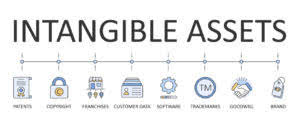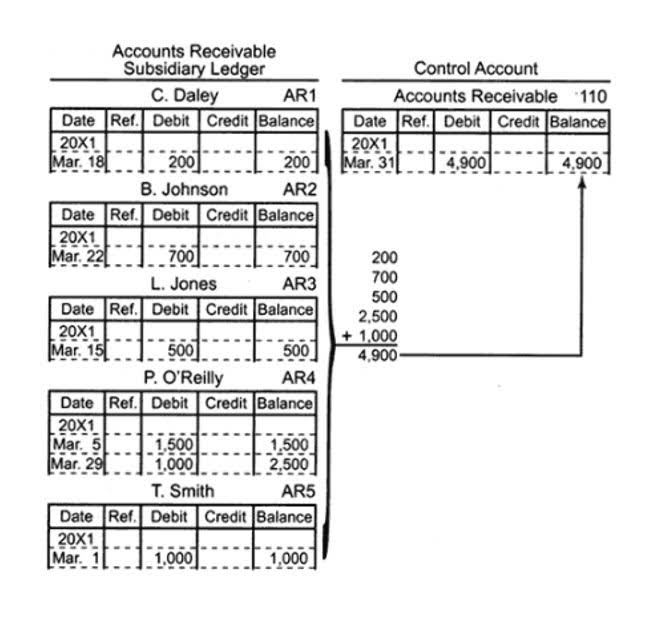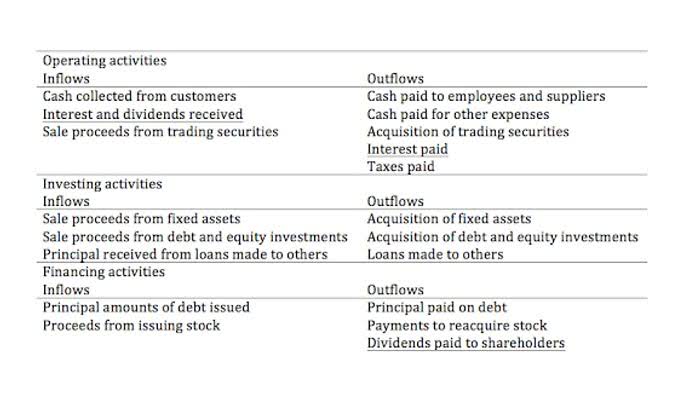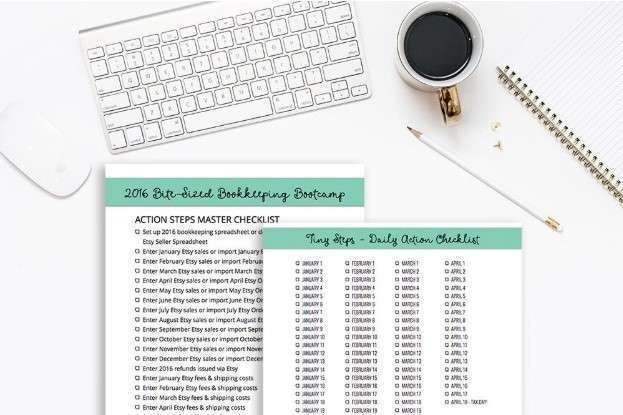
FICA, income tax, FUTA, Social Security, Medicare, and other federal, state, and local taxes must be calculated to ensure compliance with tax regulations and obligations. As a business owner, payroll expenses are the costs involved in running a business. Payroll liabilities are costs you, as an employer, would pay for hiring workers. In today’s labour market, it’s common for Canadian business owners to participate in employee benefits. These could be RRSP and TFSA contributions, where the employer adds a portion to the employee’s contribution. These are usually tax-free benefits and fall into the category of voluntary expenses.
Overtime

The accrual method allows you to match payroll expenses with revenue and posts payroll expenses and liabilities in the same period. Using a payroll solution payroll expense such as QuickBooks Payroll powered by Employment Hero to process payroll and avoid manual calculations can save time and errors. When the business owner processes payroll on April 5, cash decreases by $3,000, and wages payable decreases by $3,000. The expense records in March, when employees actually worked those hours. Therefore the March revenue is more closely matched and aligned with its March expenses, including the $3,000 in payroll costs.

IRS Liabilities
AR is considered an asset on Certified Public Accountant the balance sheet and plays a crucial role in cash flow management. Businesses track AR closely to minimize late payments and improve liquidity. In the U.S., an exempt employee is not entitled to overtime pay under the Fair Labor Standards Act (FLSA) due to their salary level and job duties. Employers must classify workers correctly to avoid misclassification lawsuits. A deduction is an amount subtracted from an employee’s gross pay to cover taxes, benefits, or garnishments.
Benefits of Automated Payroll Systems
Measuring ROI helps justify spending and guides future decisions, ensuring resources are allocated where they drive the most value. The answers to these types of questions drive where you’ll spend your HR budget. Safety and compliance may not always be the most visible aspects of HR, but they are essential to a thriving workplace. Workplace safety training helps prevent accidents, regular audits address potential issues early, and HR tech can help ensure compliance with evolving regulations.
Both employees and employers contribute to FICA, with each paying 7.65% of the employee’s wages (6.2% for Social Security and 1.45% for Medicare). The total amount of wages, salaries, bonuses, commissions, and other compensation earned by an employee during a specific period. Legislation passed in 2010 that requires employers with 50 or more full-time employees to provide health insurance coverage that meets certain standards or potentially face penalties. The ACA impacts payroll through reporting requirements and the employer mandate. Every employee that you hire must complete the W-4 form, which tells you how much you should withhold from their pay stub for tax. To determine tax withholdings, you must collect information such as the number of allowances or the gross pay.
- You have to calculate the gross pay for each employee, determine how much to withhold from every paycheck, and comply with state and federal regulations.
- It is also likely that the company will have the expense and the liability before the company actually pays the amount.
- City officials recently reported that the tax brought in $47 million less than expected last year, which coincided with large employers shifting more employees outside city limits.
- Keep in mind that any overtime your employees might have earned also goes toward calculating their gross wages.
- Get familiar with the key types of employment contracts, their use cases, and why they matter for HR compliance and employee management.
- When processing payroll, don’t assume that it’s only the hourly-paid employees who receive overtime pay.
Gross Wages
Highly-paid executives do not need state or federal wage and hour laws to protect them from employer abuse. Hourly-paid employees receiving wages are often paid weekly or biweekly. To determine the gross wages earned during a work period, the employer multiplies each employee’s hourly rate times the number of work hours recorded for the employee during the work period. Due to the extra time needed to make calculations for each employee, hourly-paid employees typically receive their paychecks approximately five days after the work period has ended. Net Grocery Store Accounting pay is the amount an employee receives after all payroll deductions. To calculate net pay, use the employee’s gross wages, the information they provided on Form W-4 (and the equivalent state income tax form), and their benefits elections.
Health Insurance
- Let’s take a look at some of the most common expenses and why they’re important.
- A strong budget connects your workforce resources to company goals, helping you spend wisely and plan effectively.
- It ensures that financial statements accurately reflect payroll costs and liabilities.
- Tax withholdings are hypothetical amounts from federal and state tax withholding tables.
- Constantly adding and removing headcount from your payroll systems also adds an unwelcome burden on your payroll administrators and the wider HR team.
- For better or worse, predicting payroll is essential in good times and bad.
As an employer, you don’t want to be surprised by employee salaries, withholdings, and company contributions. However, this in-house approach also involves learning the basics of properly running payroll every pay period and staying on top of changing laws related to payroll to avoid costly mistakes. As the business grows, the payroll process will become increasingly complex. This method can also make the business more vulnerable to mistakes and miscalculations due to the increased risk of human error. Payroll expense, the most significant part of your operating expense, constitutes your employees’ total salaries.

Simplify your payroll expense management with Ramp
As a business owner, you are responsible for these deductions, whether for health or housing benefits or CRA remittances. Later on, we’ll look at these deductions and explain how you can calculate them. Meanwhile, giving an existing employee a raise—and offering more competitive benefits—can keep them on board. You can keep payroll and productivity in a good position by retaining your best workers. Tax deposits are due on different schedules—weekly, bi-weekly, monthly, or quarterly—based on the business’s total tax liability.
- A deduction is an amount subtracted from an employee’s gross pay to cover taxes, benefits, or garnishments.
- Ramp can automate the categorization, tracking, and management of your payroll expenses, saving you time and reducing errors.
- Employees should receive a pay stub or earnings statement detailing their gross pay, deductions, and net pay.
- This can lead to them paying unnecessary overtime, the costs of which can be significant.
- ACH transfers are a common method for processing payroll payments efficiently and securely to an employee’s bank account.
Payroll Software
With all these payroll expenses to track, using the right payroll software is the most important factor in making sure everything’s accurate and compliant. Here’s a look at the most popular options for small businesses, especially in retail, restaurants, and service industries. The most common taxes to be withheld are federal income tax, state income tax, and FICA. FICA tax is withheld in one amount, then allocated to Social Security tax and medicare tax. This simple guide for small business owners explains all the payroll accounting basics and show you how to correctly add paydays to your books. As your business grows, better accounting and bookkeeping starts to become a lot more important.



















